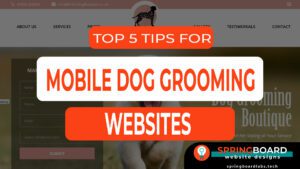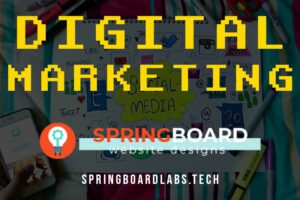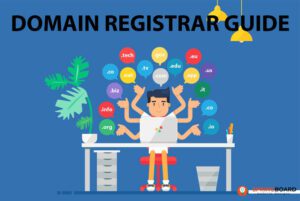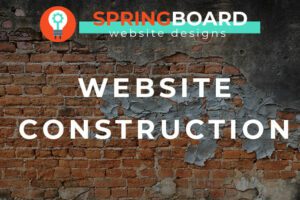Are you struggling with how to design and what to put on your homepage? If you don’t have a plan before looking at the screen, you are doomed to be there for hours! Trust me. Been there and done that :). I see it quite often with my clients as well. There’s no perfect formula for a homepage. This post is in part a checklist, how-to, and a planning tool. Why I can’t tell you what to put on your homepage, I can tell you what to consider. Listed below are 10 key elements that any website should consider when designing a homepage for your website.
What to put on your homepage checklist:
1. Logo
The very first thing your visitor should see is your logo:
- Use the top left corner. Most heat map indicators show the top left as a top spot for eye placement hence the reason why you would place your logo there. This doesn’t mean you can’t get slightly creative and perhaps place it in the middle of the header.
- Make sure to not crowd your logo with other visuals. Make sure to give it negative space so that it instantly stands out.
- Your logo should be a decent size. Use the “squint” test to see if your logo is large enough to make out. If it is too small, consider making it slightly bigger so that when you squint, you can view the logo.
2. Header
Your header, site menu, or navigation bar should feature the most important pages of your website. This should allow visitors to your website easy navigation to the pages or sections of your site that they are most interested in:
- Feature only your main pages. Listing ALL your webpages in the navigation bar will overwhelm and confuse your visitors.
- Use good descriptions. Create menu items that are simple, succinct and descriptive. Why would you use “Services” when you could label it “Sprinkler Repairs”?
- Make sure you have a good mobile option. Ideally, hamburger menus are the way to go. They allow for a great user experience when the screen size is small. It can be tempting and trendy to create a hamburger style menu on desktop sites. I would caution this approach as some research has suggested that discoverability is cut almost in half by using this technique on desktop sites.
3. Main Image
Some people refer to it as a Hero Image. It is a very popular design style and one that many people prefer.
- The image should immediately follow the header. Make sure to pick an image that blends nicely with your header AND logo.
- It should be meaningful. The image you choose should have something do with your business. It should inspire the right visitors to stay and interact on your site.
- Make sure it is simple. The image should be focused, singular, easy to understand and in high resolution. You may end up putting a headline over the top of the image so remember to pick something that you may be able to integrate text over.
4. Headline
The headline is possibly the most important piece of text on your site. Make sure to pick it carefully.
- It should be compelling and state what the page is about. The reader shouldn’t have guess on what the page is about based on the headline. A simple, straight forward message is best.
- Your homepage headline should have continuity with the rest of your site and social media. Your message and view point should be the same throughout. Implementing keywords (see section 8 below) in the headline is a great strategy.
5. A Call to Action
Your homepage will generally have multiple calls-to-action (CTA’s). At least one CTA should be prominent and could be included in the header image.
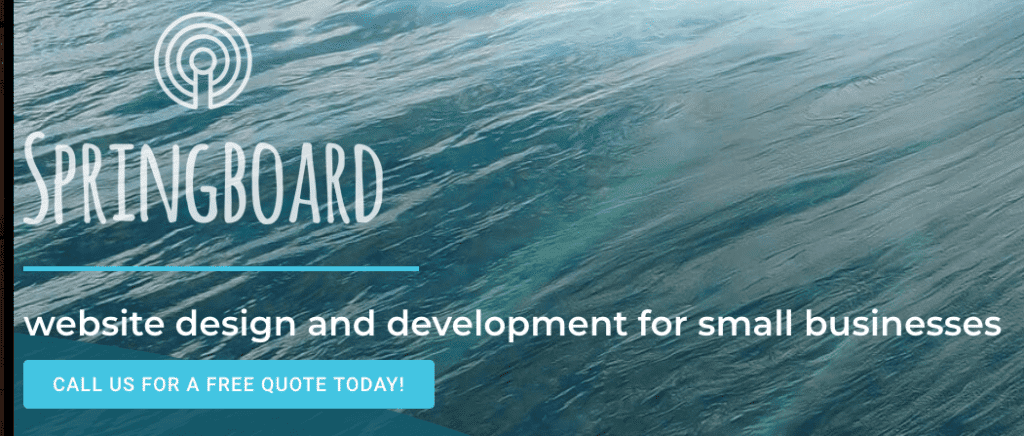
- Begin with action words. The CTA should be a verb.
- Color, shape, size and placement are important and can affect the interaction you get with your buttons. Experiment often and see what works best for your site.
- The button should explain the value of clicking on it.
6. Introduction
7. Features and Benefits
If you are business that is selling items or providing services, make sure those items are present in some way on your homepage. Generally, a small description and picture will be a good start for this option. You can get fancier but stick to the basics until you really understand what works for your customer base.
8. Keywords
Keywords are what search engines use to determine what type of information is on your site. If you have a service such as website design, you would want to make sure you integrate that word or phrase somewhere in the content on your homepage. Make sure you don’t overthink your keywords. Ultimately, you can spend countless hours researching every combination and word that people are searching for but the best sites are the ones that feature several key words and have really good content. NOTHING BEATS GOOD CONTENT! Make sure to use keywords in your:
- Title tags
- Headline tags
- Menu items (if possible)
- Within the text of the page’s copy
- In the meta description (this is short description for a website/article you see in Google when you are searching)
9. Footer
Your footer is usually the same across every page of your website. Here are some tips on what to include in this valuable section:
- Contact information
- Logo
- Maps and/or locations
- Email signup form
- Links to important pages (similar to the header)
- A final call to action
- Social Media Links
- Copyright information
9. Make sure your page is shareable
Making sure how your homepage is displayed when it is shared on social media is paramount!
- Encode either your logo or homepage picture with your logo so that it appears when shared on social media platforms.
- Write a great meta description that includes keywords. This will be displayed as the small snippet below your picture when your site is shared.
- Head to Facebook and LinkedIn, type in your full website address to see what will be displayed for your site. Remember to not submit the post before you like what you see! Click on my article about Sharing Web Pages On Social Media to learn more about how to do this step properly.
If you are uncomfortable with any of these steps, consider hiring a professional website designer that understands these basic principles. A good designer will help you with what to put on your homepage and the rest of your site. They will help you convert your site visitors into customers and in turn, generate MONEY.
Written by Zach Springer of Springboard Website Designs of Meridian, Idaho.



